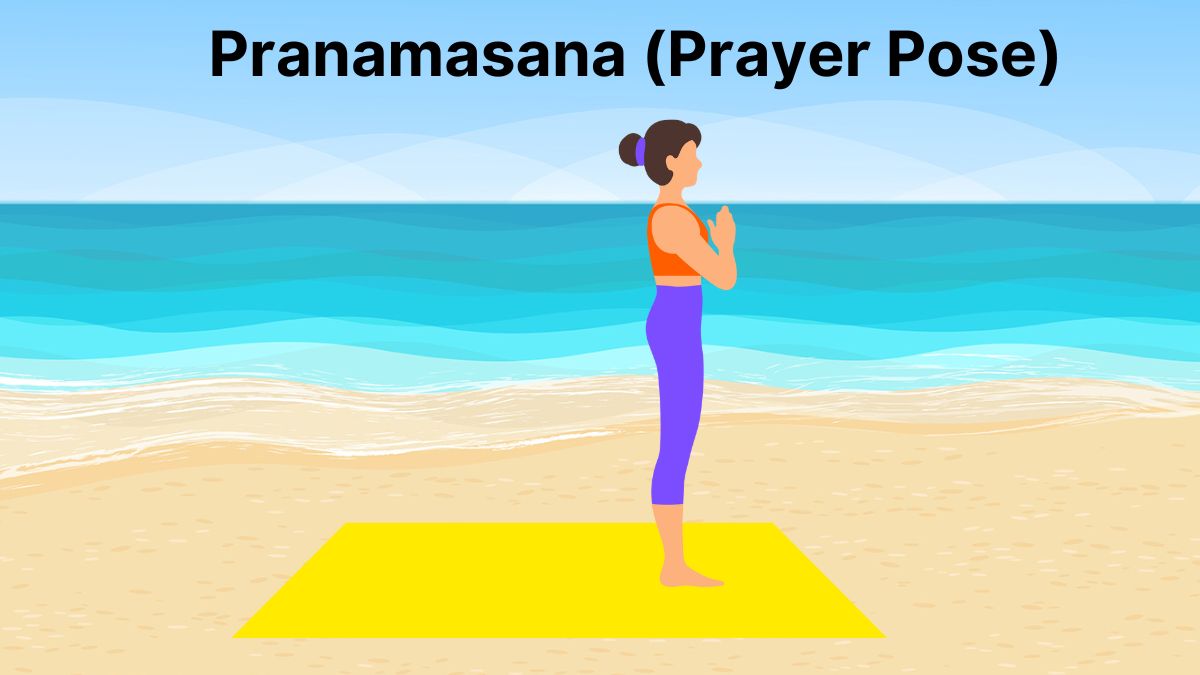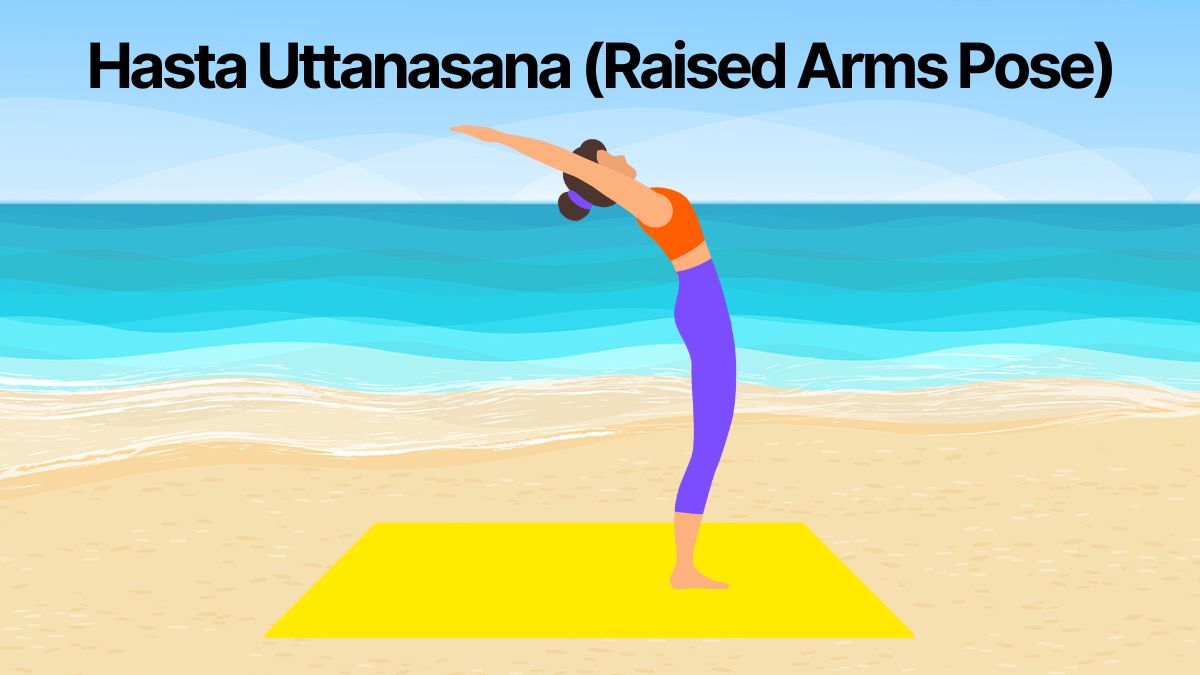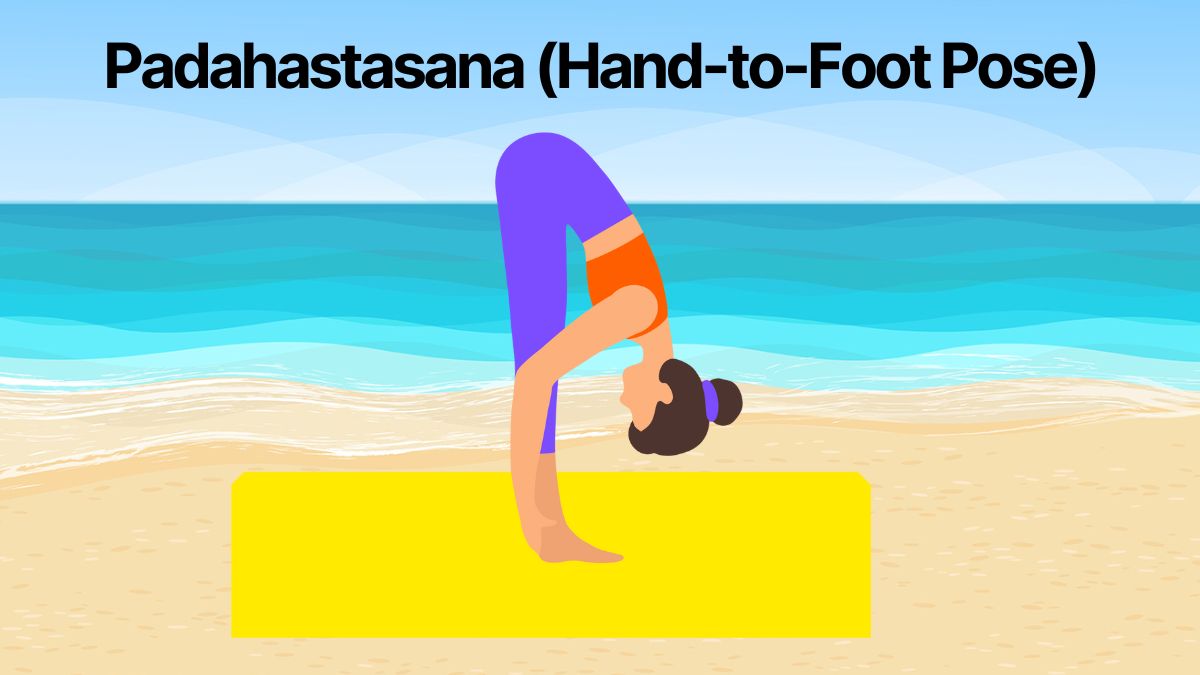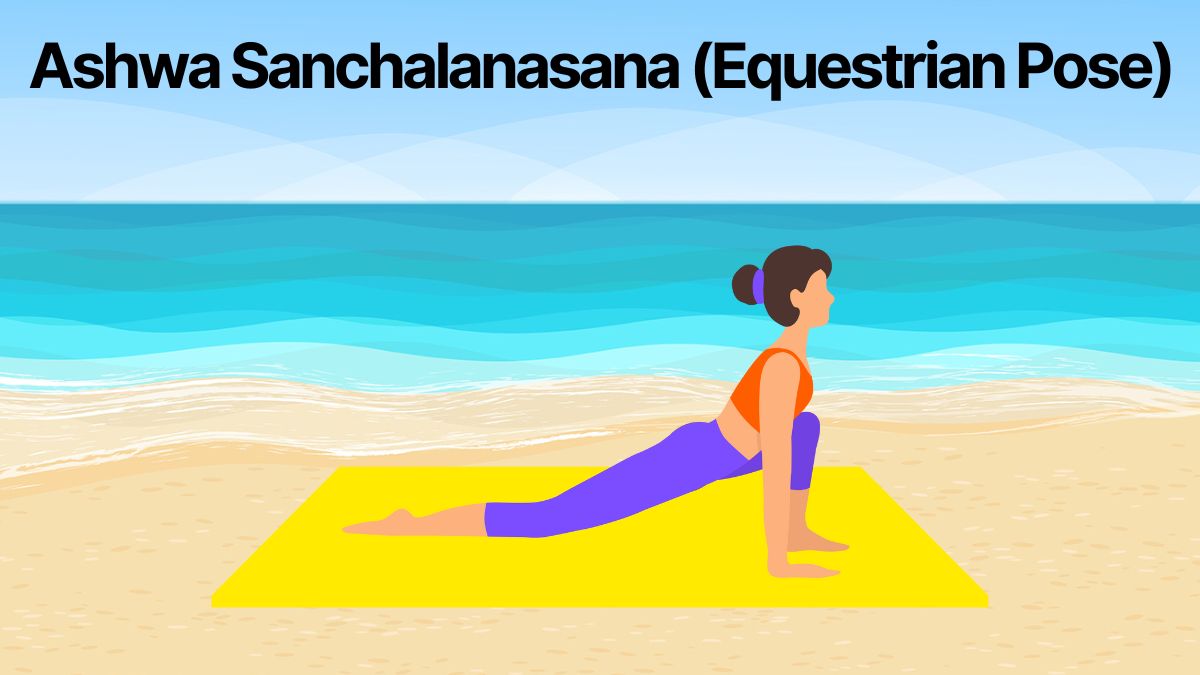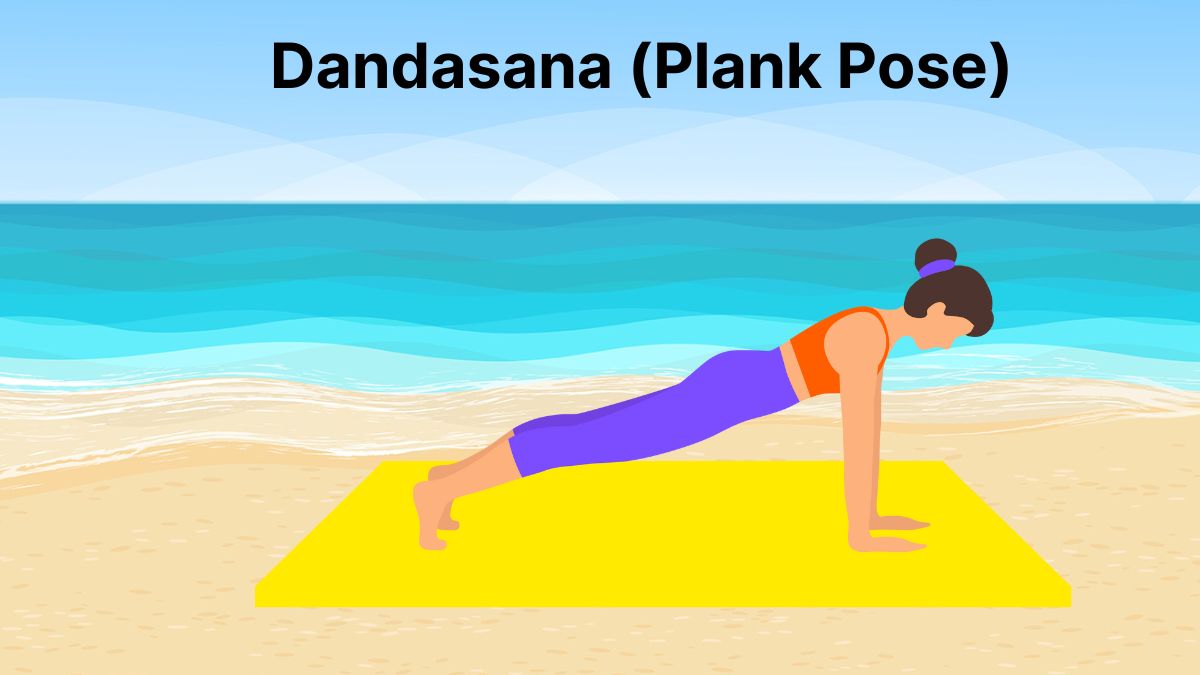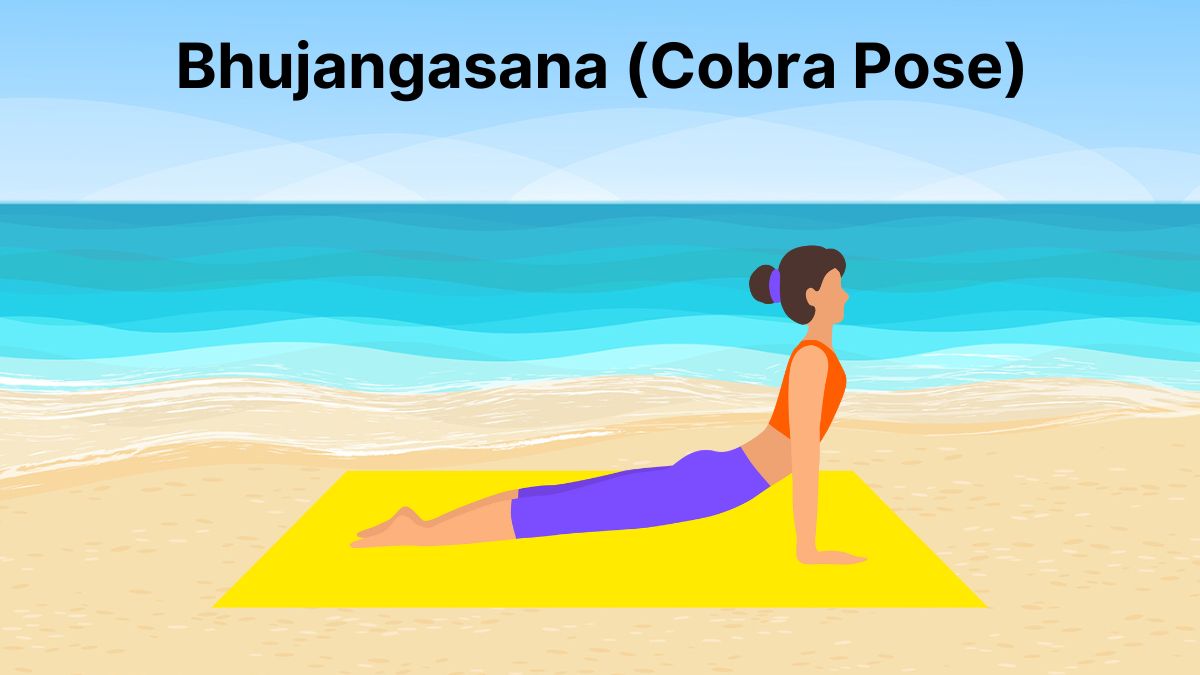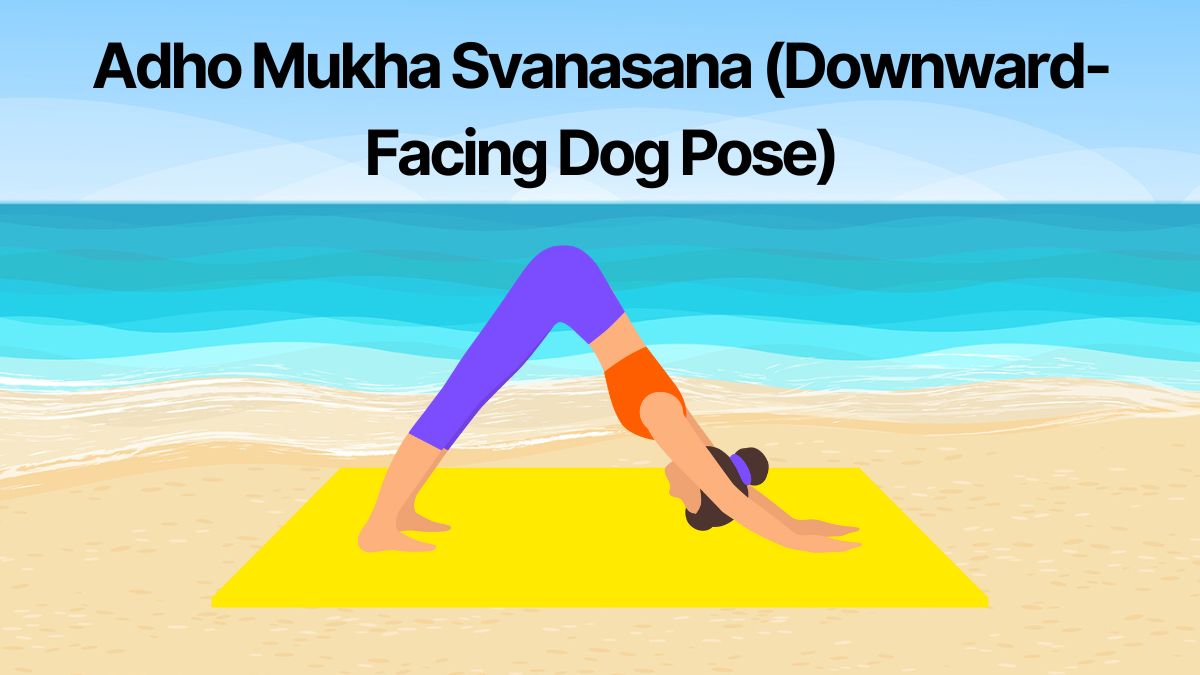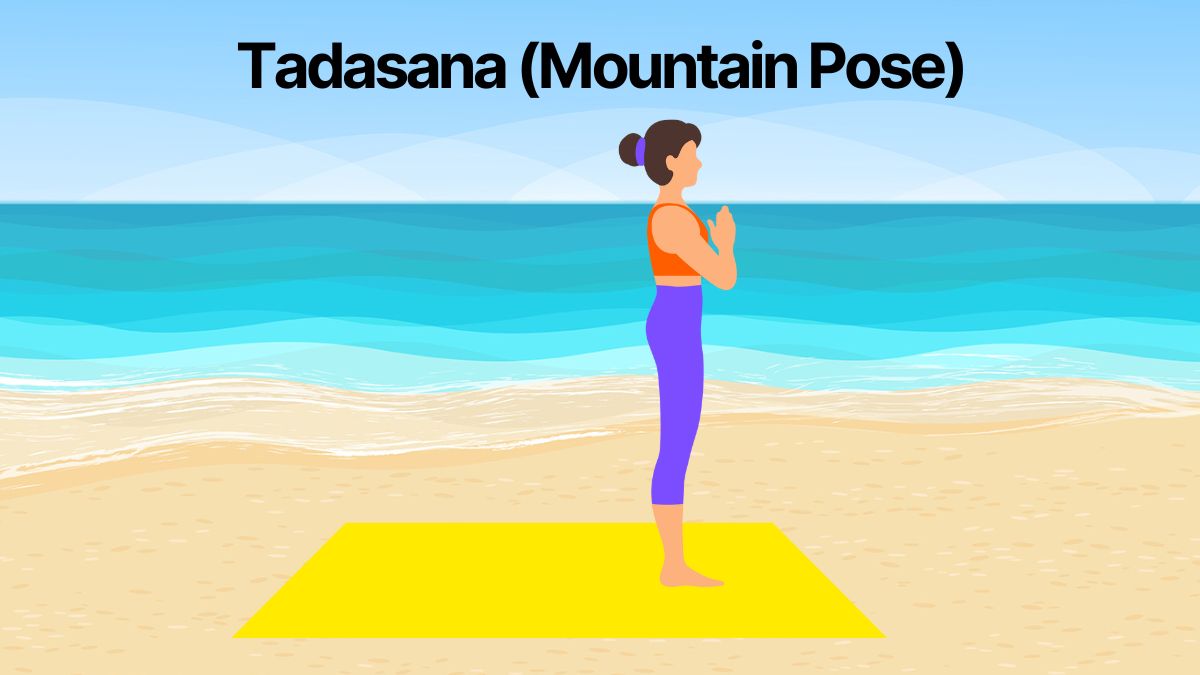Surya Namaskar, also known as Sun Salutation, is a series of 12 asanas (postures) performed in sequence. This practice not only improves physical fitness but also enhances mental well-being. In this article, we’ll explore the 12 asanas of Surya Namaskar, their steps, benefits, and tips for proper execution.

What is Surya Namaskar?
Surya Namaskar, which means “Salutation to the Sun,” is an ancient yoga practice. It consists of 12 postures performed rhythmically while coordinating breathing. The sequence combines forward and backward bending poses, creating a comprehensive workout for the entire body.
The 12 asanas of Surya Namaskar promote physical, mental, and spiritual health. They also prepare the body for advanced yoga poses and help maintain balance and flexibility.
Benefits of Surya Namaskar
1. Physical Benefits
- Strengthens muscles and joints
- Improves cardiovascular health
- Enhances flexibility and posture
- Aids in weight loss
2. Mental Benefits
- Reduces stress and anxiety
- Boosts concentration and focus
- Promotes emotional balance
3. Spiritual Benefits
- Connects the mind and body
- Promotes mindfulness and awareness
- Fosters gratitude and inner peace
A Step-by-Step Guide to the 12 Asanas of Surya Namaskar
1. Pranamasana (Prayer Pose)
- Steps:
- Stand straight with feet together and hands joined in prayer at your chest.
- Relax your shoulders and focus on your breathing.
- Benefits: Calms the mind and prepares the body for the sequence.
2. Hasta Uttanasana (Raised Arms Pose)
- Steps:
- Inhale and raise your arms overhead.
- Arch your back slightly and stretch backward.
- Benefits: Stretches the spine, chest, and shoulders while improving posture.
3. Padahastasana (Hand-to-Foot Pose)
- Steps:
- Exhale and bend forward, bringing your hands to your feet.
- Keep your knees straight if possible.
- Benefits: Stretches the hamstrings and spine while improving digestion.
4. Ashwa Sanchalanasana (Equestrian Pose)
- Steps:
- Inhale and step your right leg back.
- Place your hands on either side of your left foot and look upward.
- Benefits: Strengthens the legs and hips while opening the chest.
5. Dandasana (Plank Pose)
- Steps:
- Exhale and step your left leg back to form a straight plank.
- Keep your body aligned and hold the pose.
- Benefits: Builds core strength and improves balance.
6. Ashtanga Namaskara (Eight-Limbed Pose)
- Steps:
- Lower your knees, chest, and chin to the ground while keeping your hips elevated.
- Benefits: Strengthens the arms, chest, and spine while energizing the body.
7. Bhujangasana (Cobra Pose)
- Steps:
- Inhale and slide forward, lifting your chest and arching your back.
- Keep your elbows slightly bent.
- Benefits: Opens the chest, strengthens the back, and reduces stress.
8. Adho Mukha Svanasana (Downward-Facing Dog Pose)
- Steps:
- Exhale and lift your hips to form an inverted “V” shape.
- Keep your heels pressed toward the ground.
- Benefits: Stretches the legs and spine, improving flexibility and circulation.
9. Ashwa Sanchalanasana (Equestrian Pose)
- Steps:
- Inhale and step your right foot forward between your hands.
- Look upward and hold the pose.
- Benefits: Enhances hip flexibility and strengthens the thighs.
10. Padahastasana (Hand-to-Foot Pose)
- Steps:
- Exhale and bring your left foot forward, folding at the hips.
- Let your hands touch the ground.
- Benefits: Improves digestion, stretches the hamstrings, and relieves stress.
11. Hasta Uttanasana (Raised Arms Pose)
- Steps:
- Inhale and raise your arms overhead.
- Stretch backward gently, keeping your spine straight.
- Benefits: Improves posture and stretches the shoulders and chest.
12. Tadasana (Mountain Pose)
- Steps:
- Exhale and return to a standing position with arms by your side.
- Relax your body and focus on your breathing.
- Benefits: Enhances body alignment and promotes relaxation.
Tips for Practicing the 12 Asanas of Surya Namaskar
- Practice on an Empty Stomach: Perform Surya Namaskar early in the morning or at least 4 hours after a meal.
- Focus on Breathing: Synchronize your breath with each movement to maximize benefits.
- Warm-Up First: Perform gentle stretches to prepare your body.
- Start Slowly: Begin with one or two rounds and gradually increase as your stamina improves.
- Use a Yoga Mat: Ensure a firm and non-slip surface for safety.
Modifications for Beginners
- Bend your knees slightly in forward bends if you lack flexibility.
- Use props like yoga blocks to support your hands in poses like Padahastasana.
- Hold each posture briefly and focus on maintaining proper alignment.
Precautions While Practicing Surya Namaskar
- Avoid practicing if you have severe back pain, high blood pressure, or recent injuries.
- Consult a healthcare provider before starting if pregnant or dealing with a medical condition.
- Avoid overexertion and listen to your body to prevent strain.
How to Include Surya Namaskar in Your Routine
Daily Practice Schedule
- Morning Practice: Perform 5-10 rounds in the morning for energy and vitality.
- Evening Practice: Use Surya Namaskar as a warm-up before other yoga poses or as a standalone routine.
Combine with Meditation
End your practice with meditation or breathing exercises to deepen the relaxation benefits. Techniques like Anulom Vilom or Bhramari Pranayama work well.
Gradual Progression
As you grow comfortable, aim to increase the speed or number of rounds. This enhances cardiovascular and muscular benefits.
Common Mistakes to Avoid
- Holding your breath instead of coordinating it with the poses.
- Rushing through the sequence without proper alignment.
- Skipping warm-up stretches before starting.
Conclusion
The 12 asanas of Surya Namaskar offer a comprehensive workout for the body and mind. Regular practice can improve flexibility, strengthen muscles, and reduce stress. This timeless yoga sequence benefits physical and mental well-being while connecting the practitioner with a deeper sense of mindfulness.
Incorporating Surya Namaskar into your daily routine can help maintain a balanced lifestyle. Start slowly, focus on your breathing, and enjoy the transformative journey of yoga. With consistent effort, the benefits of these 12 asanas will soon reflect in your life.

